
June 2013
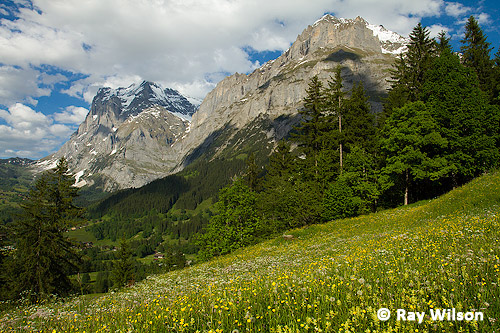
Instead of my usual trip to the north of Scotland, I decided to go in the opposite direction this year and headed for the Swiss Alps to catch up with a couple of alpine specialists that have previously eluded my lens and to photograph the amazing diversity of wildflowers that the country is blessed with.
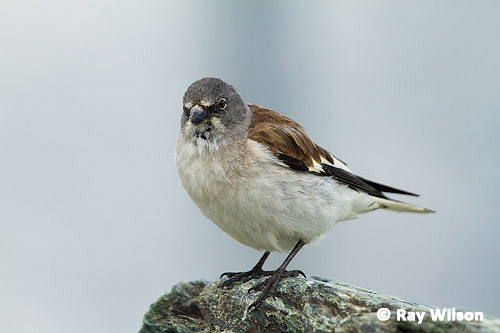
Snowfinch (Montifringilla nivalis)
The alpine birds I was after (Snowfinch, Alpine Accentor and Alpine Chough) turned out to be a lot easier to photograph than I had expected and once I got up to the requisite altitude it only took me a couple of hours to track them down and snap off some good shots. The Snowfinch and Alpine Accentors were so confiding that it was relatively easy to get close enough to be able to get full frame shots using the 600mm without a converter attached!
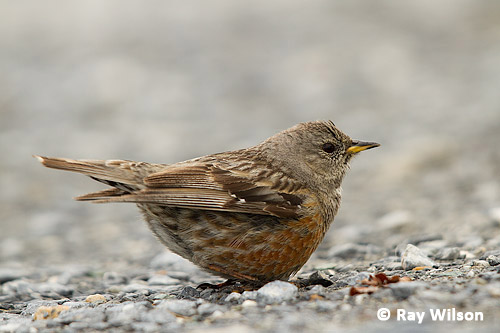
Alpine Accentor (Prunella collaris)
I found it slightly harder to get close to the Alpine Choughs due to them being constantly disturbed by the large numbers of people around at the ski-station where the choughs were congregating but, as is often the case, perseverance paid off and I eventually managed to get some decent pictures.
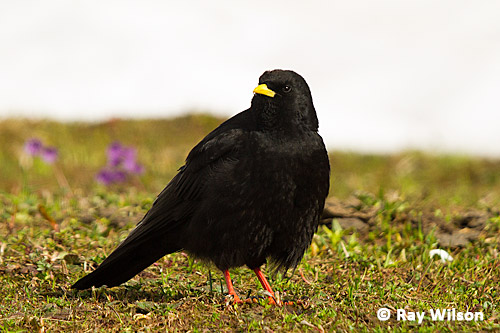
Alpine Chough (Pyrrhocorax graculus)
While I was following the Chough flock around, I came across a nice quiet spot where a marmot family were out playing in the early morning sunshine. Marmots are fairly common all over the slopes once you get above about 2000m altitude but, being a main prey animal for the larger predators, they tend to be very wary in most places and usually disappear down their burrows before you get anywhere near close enough to get any decent photos.
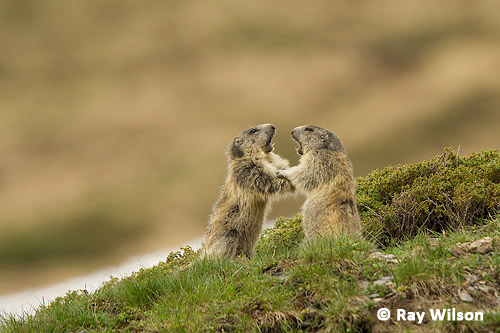
Alpine Marmots (Marmota marmota)
Pasque Flowers were out in full bloom just below the snowline and in some places they carpeted the slopes with beautiful displays of colour.
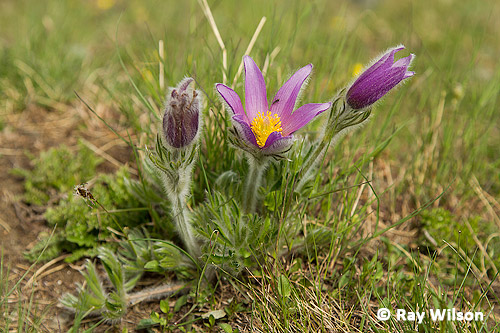
Montane Pasque Flower (Pulsatilla montana)
By changing altitude, it is possible to see the pasque flowers at all stages of their development, with the specimens at lower altitudes having already gone to seed.
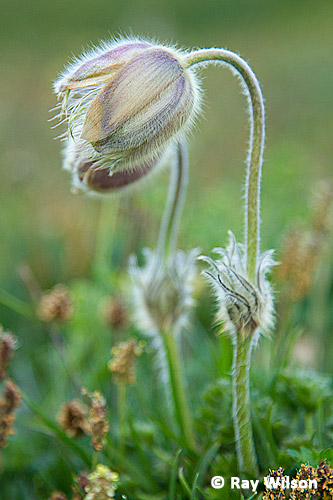
Common Pasque Flower (Pulsatilla vulgaris) |
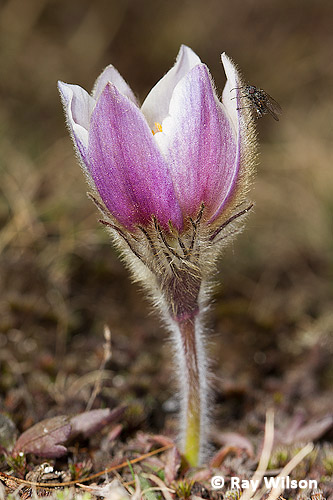
Spring Pasque Flower (Pulsatilla vernalis) |
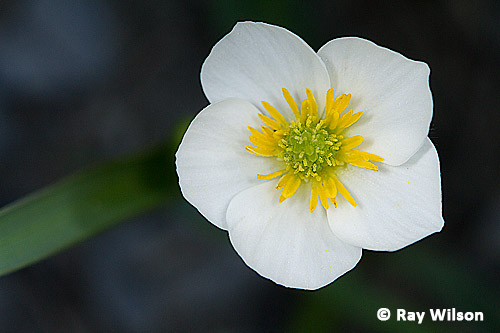
Pyrenean Buttercup (Ranunculus pyrenaeus)
At more moderate altitudes, a profusion of orchid species can be found.
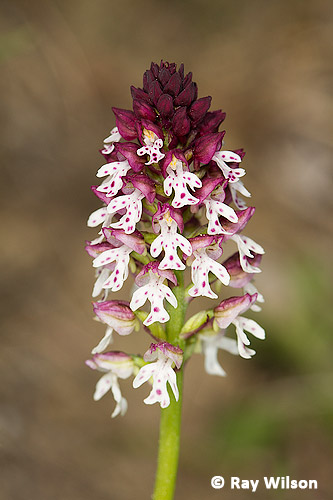
Burnt Orchid (Orchis ustulata) |
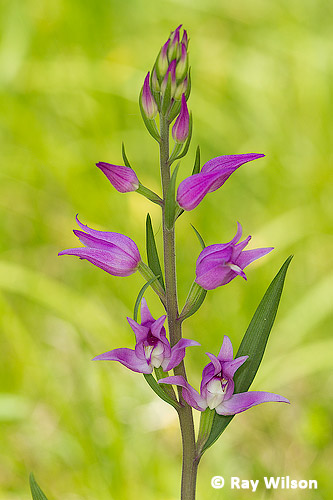
Red Helleborine (Cephalanthera rubra) |
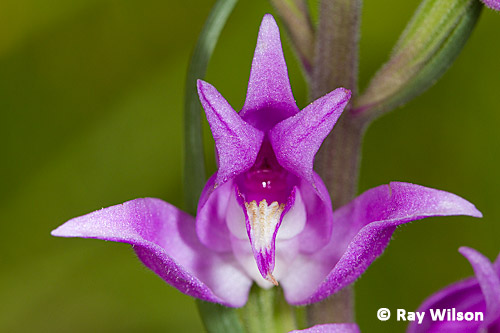
Red Helleborine (Cephalanthera rubra)
The Elder-flowered Orchid was very common in places and both the yellow and purple colour variations occur side-by-side with the yellow being the commonest.
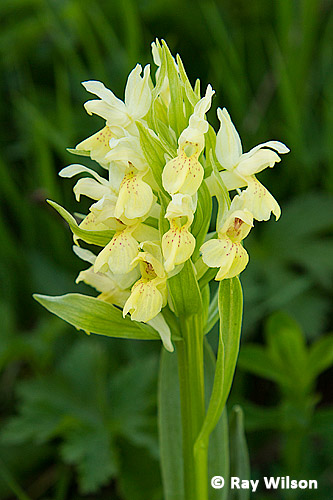
|

|
Elder-flowered Orchid (Dactylorhiza incarnata)
 |
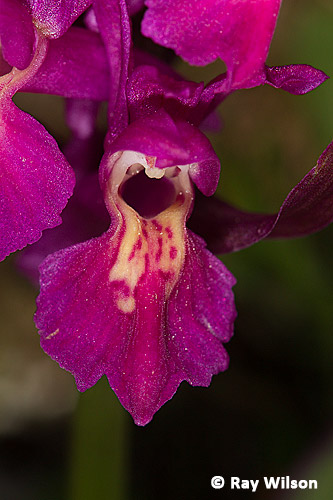 |
Elder-flowered Orchid (Dactylorhiza incarnata)
Frog Orchid and Coralroot Orchid were among the less obtrusive species I found and were considerably harder to find.
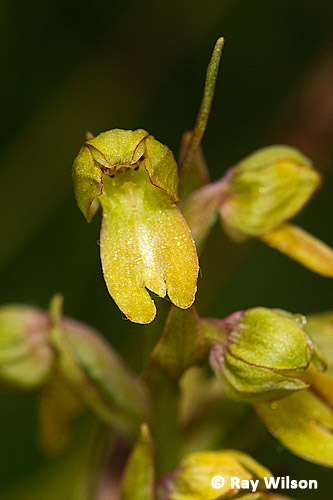 Frog Orchid (Coeloglossum viride) |
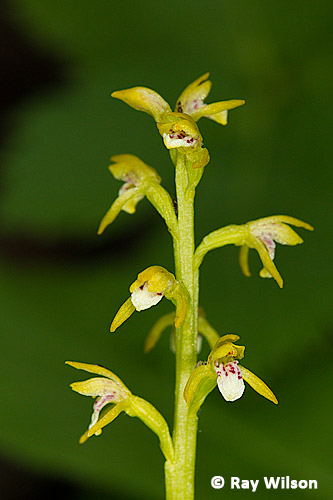
Coralroot Orchid (Corallorhiza trifida) |
Several species of Broomrape were also present in the flower meadows. These are all parasitic flowers which are very similar to one another and are most easily separated by identifying the host species.
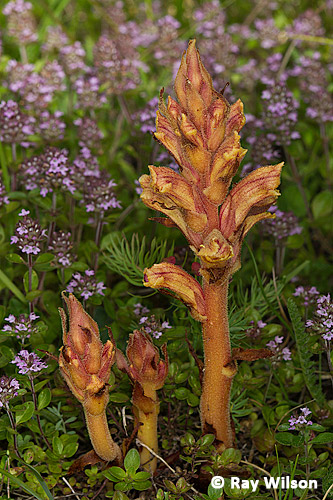 Thyme Broomrape (Orobanche alba) |

Common Houseleek (Sempervivum tectorum) |
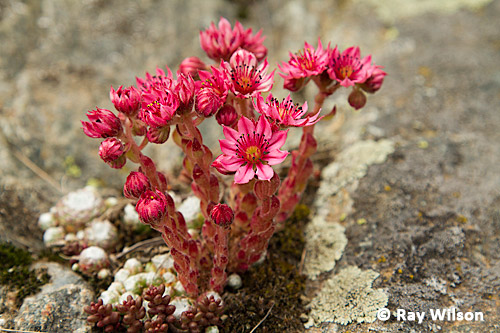
Cobweb Houseleek (Sempervivum arachnoideum)
Numerous species of butterflies were visiting the abundant flowers, although the windy conditions for the majority of the time I was there meant trying to photograph them was at best an exercise in frustration (especially with the numerous, very active Apollos) and next to impossible for the rest of the time! I did, however, manage to get decent photos of a couple of species in the rare moments when the wind dropped.
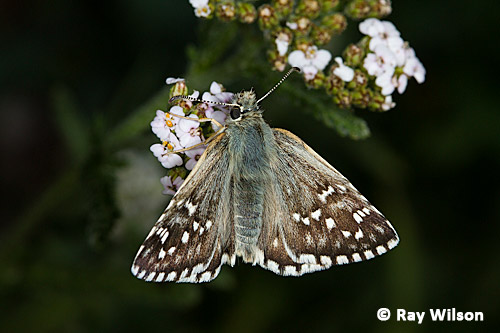
Grizzled Skipper (Pyrgus malvae)
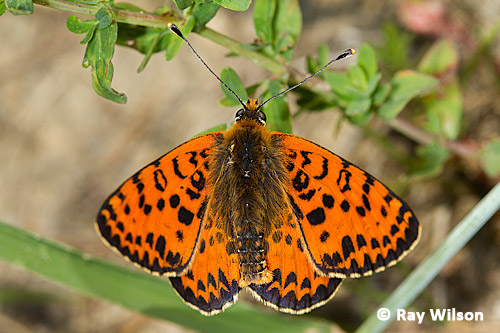
Spotted Fritillary (Melitaea didyma)
Ascalaphids (Libelloides longicornis) were very common in many of the meadows. Although Ascalaphids bear a superficial resemblance to moths, they are completely unrelated and, being members of the Neuroptera, are more closely related to the lacewings and ant-lions.

Libelloides cocajus
Cicindela sylvicola is a common tiger beetle found at high altitudes. Like all tiger beetles it is a voracious predator and can be easily observed as it actively hunts for prey on sunny slopes.
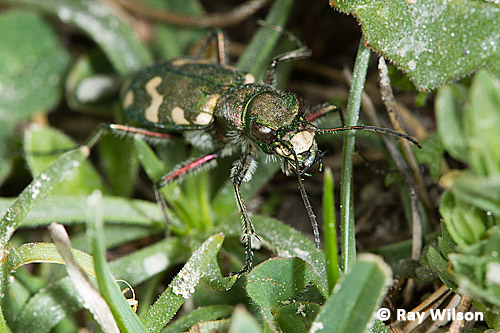
Cicindela sylvicola
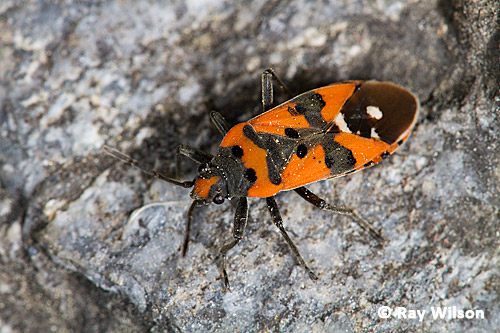
Lygaeus equestris
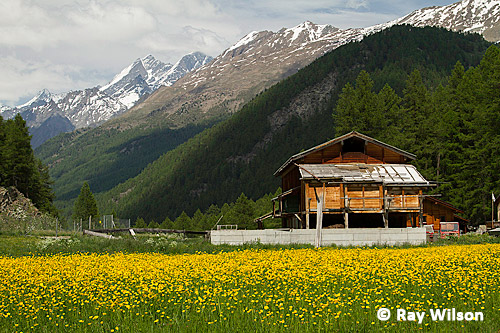
Ray Wilson owns the copyright of all images on this site.
They may not be used or copied in any form without prior written permission.
raywilsonphotography@googlemail.com